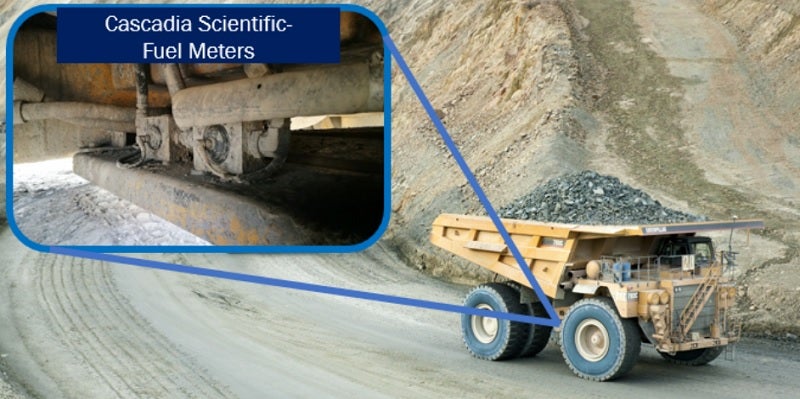
The relentless pursuit of improved fuel efficiency and lower operating costs has spurred rapid growth in the marketing of ‘enhanced’ fuels and lubricants. These formulations, additized with detergents, stabilizers and corrosion inhibitors are offered by most if not all leading petrochemical suppliers and many lesser know distributors. Efficiency impact claims vary tremendously by product from the absurdly outlandish to the undetectably conservative, while mining supply chain professionals are left to sort it all out.
Test results supporting efficiency claims attributable to these novel formulations are often presented during the sales process, but most commonly derive from laboratory testing or over-the-road trucking trials. The decision to move forward with an increased fuel or lube expenditure based on the promise of reduced consumption is therefore hampered by the risk that mining equipment will not yield a similar benefit. The marketplace has suffered with purchasers lacking trust, and real innovation being undermined by bad actors.
To combat the skepticism on the part of the mines, large petrochemical companies have begun offering in-service petrochemical trials to large and strategic customers that demonstrate the incremental value of their products. Cascadia Scientific. a Canadian fuel analytics company specialized in high accuracy diesel consumption measurement for the mining sectors has seen steadily increasing interest in these engagements.
Cascadia Scientific CEO Kevin Dagenais said: “We have heard time and again from mining companies that they are unwilling to base procurement decisions on vendor supplied laboratory results… suppliers have begun to step up by funding in-service trials with the mines facilitating the execution and allowing publication of the findings.”
Mining Petrochemical trials are typically executed in three phases.
PHASE 1:
In the first phase, the entire population is equipped Cascadia’s SmartRView platform equipped with high accuracy fuel measurement instrumentation. Cascadia Scientific uses proprietary ruggedized positive displacements fuel meters and builds models predicting fuel consumption in terms of payload, ramp grade, vertical travel, distance over ground, operator ID and other relevant parameters. Once these models have converged, half the population is reconfigured with the fuel, lubricant or additive, or other product under examination.
PHASE 2:
The second phase, if necessary, is observed to ensure that the full impact of the petrochemical enhancement has been realized.
PHASE 3:
In the third and final phase, the fuel efficiency modelling is repeated with the unchanged population serving as a control for the reconfigured assets. A co-efficient proportional to the impact of the new petrochemical is established along with error bands and confidence levels in the result. Interestingly, the same approach can be applied to evaluate nearly any change under consideration.
Upon completion of the trial, the mine’s supply chain team has third party, statistically significant data upon which to base its procurement decision. The supplier, if successful, up-sells a customer and gains a powerful reference and marketing tool. As a whole, the industry benefits with access to the tools needed to differentiate Premium petrochemicals from snake oil.

